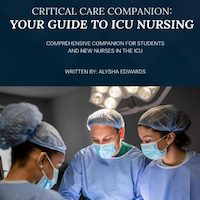Stories Category: Intensive Care
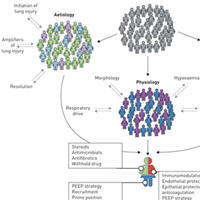
Precision Medicine in ARDS
Acute respiratory distress syndrome (ARDS) is a devastating critical illness that can be triggered by a wide range of insults and remains associated with a high mortality of around 40%. The search for targeted treatment for... read more
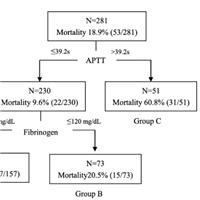
Relationship between admission coagulopathy and prognosis in children with TBI
We concluded that admission APTT > 39.2 s and fibrinogen ≤ 120 mg/dL were independently associated with mortality in children with moderate to severe TBI. Early identification and intervention of abnormal APTT and... read more
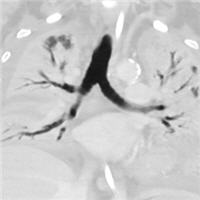
Criteria for Selecting COVID-19 Patients for Lung Transplantation
In May 2020, a team led by thoracic surgeon Konrad Hoetzenecker of the Department of Surgery of MedUni Vienna and Vienna General Hospital performed a lung transplant on a 44-year-old patient who had been seriously ill with... read more
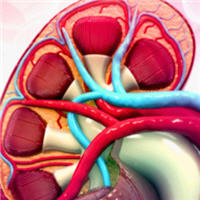
Delayed Strategies for RRT Initiation for Severe AKI
In severe acute kidney injury (AKI) patients with oliguria for more than 72 h or blood urea nitrogen concentration higher than 112 mg/dL and no severe complication that would mandate immediate RRT, longer postponing of renal... read more
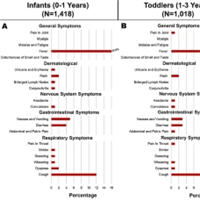
A Retrospective Cohort Study of 12,306 Pediatric COVID-19 Patients in the United States
Children and adolescents account for ~ 13% of total COVID-19 cases in the United States. However, little is known about the nature of the illness in children. The reopening of schools underlines the importance of understanding... read more
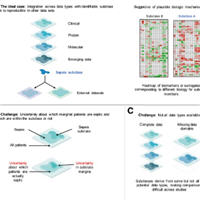
Sepsis Subclasses: A Framework for Development and Interpretation
Sepsis is defined as a dysregulated host response to infection that leads to life-threatening acute organ dysfunction. It afflicts approximately 50 million people worldwide annually and is often deadly, even when evidence-based... read more
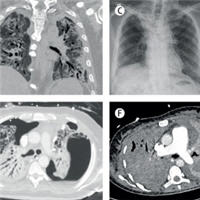
Early Outcomes After Lung Transplantation for Severe COVID-19
The findings from our report show that lung transplantation is the only option for survival in some patients with severe, unresolving COVID-19-associated ARDS, and that the procedure can be done successfully, with good early... read more
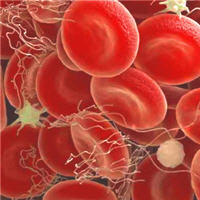
Combined Platelet and Erythrocyte Salvage: Evaluation of a New Filtration-based Autotransfusion Device
This study demonstrated the performance of the SAME device. Platelets and red blood cells were salvaged without significant impact on cell integrity and function. In the meantime, leukocytes were not activated, and the washing... read more
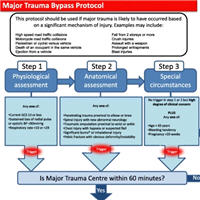
Defining Major Trauma: a Delphi Study
Based upon the output of this Delphi study, major trauma may be defined as: "Significant injury or injuries that have potential to be life-threatening or life-changing sustained from either high energy mechanisms or low energy... read more
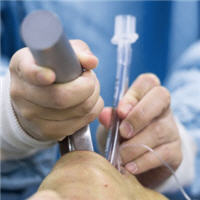
Rapid Sequence Induction: Where Did the Consensus Go?
The conduct of Rapid Sequence Induction (RSI) in current emergency practice is far removed from the original descriptions of the procedure. Despite this, the principles – rapid delivery of a definitive airway and avoiding... read more
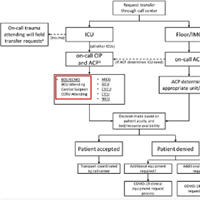
A Dedicated VV-ECMO Unit during a Respiratory Pandemic
Background: The most critically ill patients with coronavirus disease 2019 (COVID-19) may require advanced support modalities, such as veno-venous extracorporeal membrane oxygenation (VV-ECMO). A systematic, methodical approach... read more
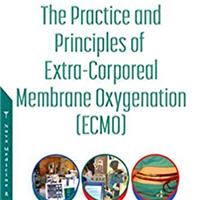
The Practice and Principles of Extra-Corporeal Membrane Oxygenation (ECMO)
As demonstrated in the first book, the management of patients with profound respiratory failure or cardiogenic shock has evolved significantly over the years with advances in diagnostic and therapeutic options. While the... read more
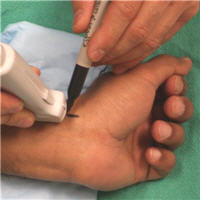
Safety of Arterial Catheterization Using the Distal Radial Approach in ICU Management
Distal radial approach (DRA) may be a safe option for insertion of a new A-line in the ICU. The study included 20 patients with a median age of 70 (interquartile range (IQR): 58.5–77) years: 10 patients with traumas,... read more
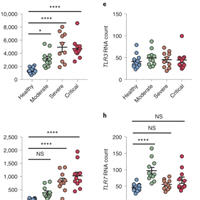
TLR2 senses the SARS-CoV-2 envelope protein to produce inflammatory cytokines
The innate immune response is critical for recognizing and controlling infections through the release of cytokines and chemokines. However, severe pathology during some infections, including SARS-CoV-2, is driven by hyperactive... read more

Reverse-transcribed SARS-CoV-2 RNA can integrate into the genome of cultured human cells
Prolonged detection of severe acute respiratory syndrome coronavirus 2 (SARS-CoV-2) RNA and recurrence of PCR-positive tests have been widely reported in patients after recovery from COVID-19, but some of these patients do... read more
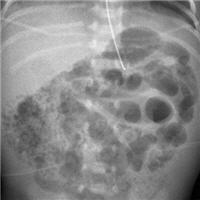
Low Technology, Mild Controlled Hypothermia for Necrotizing Enterocolitis Treatment
Low technology, mild controlled hypothermia was feasible, not related to adverse effects, and effective treatment for NEC Modified Bell's Stage II/III. It avoided surgery, bowel perforation, and extensive intestinal resection;... read more
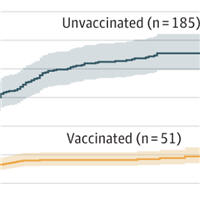
Asymptomatic and Symptomatic SARS-CoV-2 Infections After BNT162b2 Vaccination
This study found an association between vaccination with BNT162b2 in hospital employees and a decreased risk of symptomatic and asymptomatic infections with SARS-CoV-2. Limitations include the observational design; short... read more


